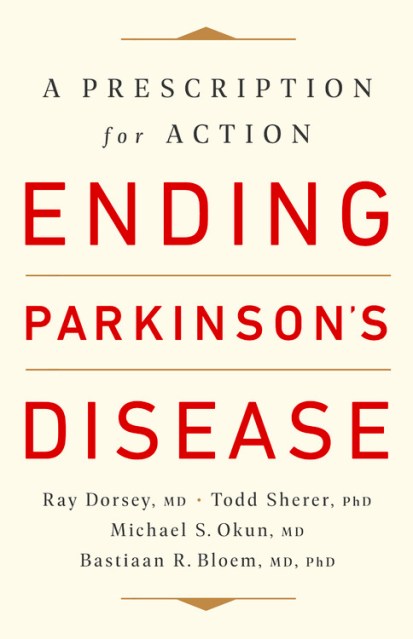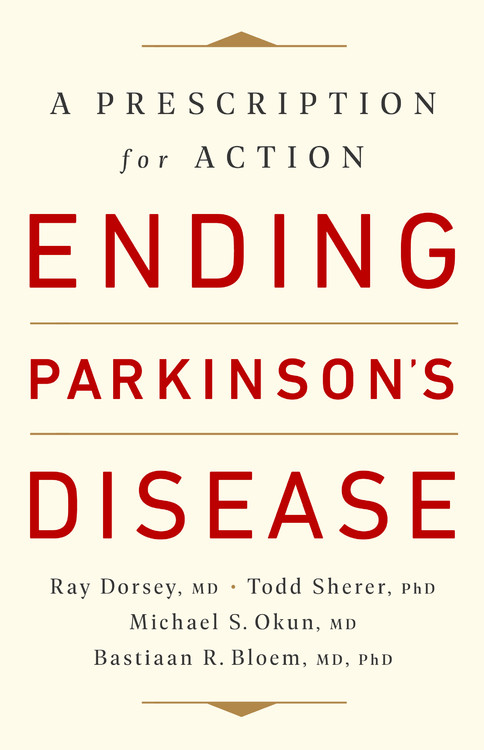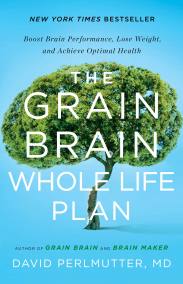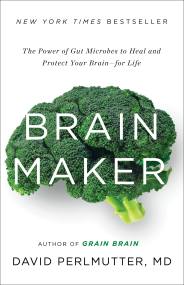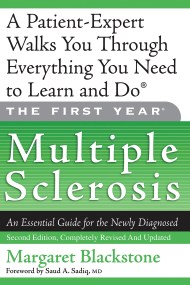Promotion
Use code MOM24 for 20% off site wide + free shipping over $45
Ending Parkinson's Disease
A Prescription for Action
Contributors
Formats and Prices
Price
$19.99Price
$25.99 CADFormat
Format:
- Trade Paperback $19.99 $25.99 CAD
- ebook $13.99 $17.99 CAD
- Audiobook Download (Unabridged)
This item is a preorder. Your payment method will be charged immediately, and the product is expected to ship on or around March 16, 2021. This date is subject to change due to shipping delays beyond our control.
Also available from:
In this “must-read” guide (Lonnie Ali), four leading doctors and advocates offer a bold action plan to prevent, care for, and treat Parkinson’s disease-one of the great health challenges of our time.
In Ending Parkinson’s Disease, four top experts provide a plan to help prevent Parkinson’s, improve care and treatment, and end the silence associated with this devastating disease.
Genre:
-
"This book offers a clear pathway forward - while sounding out a resounding clarion alarm; prompting action - that we should all pay heed to!"Davis Phinney, Founder, Davis Phinney Foundation for Parkinson's
-
"This book is a must-read for all of us who are or might be affected. It pulls no punches with regard to the seriousness of this emerging pandemic, and its common-sense environmental approaches and precautions, if implemented, will abate the spread of this insidious disease. I know this to be true. I lived it."Lonnie Ali
-
"This book shines a light on the environmental factors that put us all at risk for the disease. As a person with Parkinson's and as a father, I hope we will take the urgent action outlined in this important book to stop the growing number of people who will receive a diagnosis."Brian Grant, former NBA player and Founder of the Brian Grant Foundation
-
"This book shines an essential spotlight on the need to end Parkinson's, illuminating the key issues we are all facing. It is the role of everyone in the Parkinson's community, patients, researchers, clinicians and advocates, to share this book and ensure that the authors' voices are heard."Helen Matthews, Deputy CEO, The Cure Parkinson's Trust
-
"This book is full of practical tips to help you live well with Parkinson's disease. It's a prescription for action and shines a spotlight on what we can do as a nation to raise awareness of this disease."John L. Lehr, CEO and President of the Parkinson's Foundation
- On Sale
- Mar 16, 2021
- Page Count
- 352 pages
- Publisher
- PublicAffairs
- ISBN-13
- 9781541724501
Newsletter Signup
By clicking ‘Sign Up,’ I acknowledge that I have read and agree to Hachette Book Group’s Privacy Policy and Terms of Use
